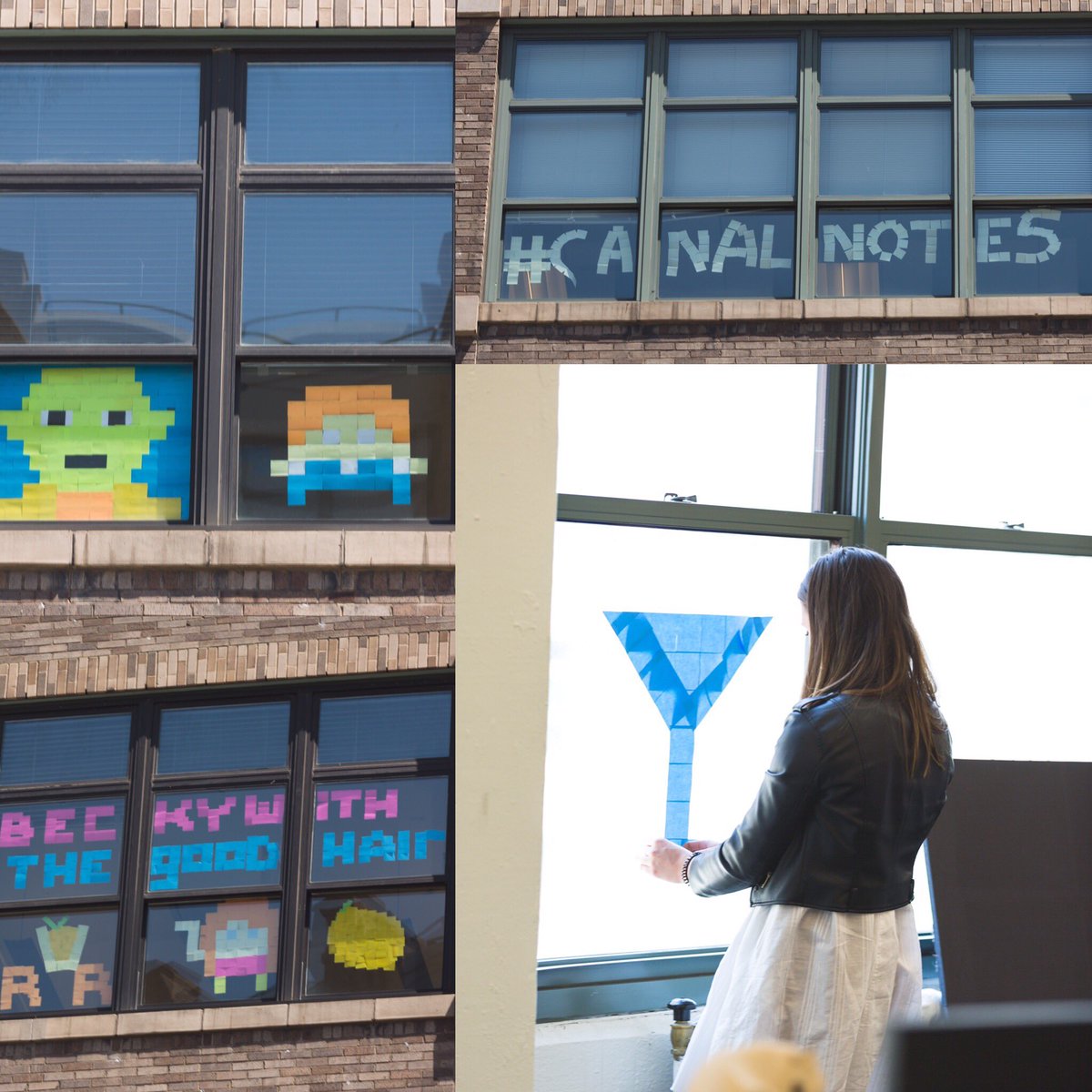Comment by BMBOD: Wow what a question. I can't wait to see what other people have to say.
It seems like it would be easy to come up with ways that are not civil, or trustworthy, online discourse - but to frame this as which conditions are created is far more powerful.
As I mentioned in an earlier annotation, I think much of this has to do with shifting personal epistemology through the process of discourse with "authorities" and authors, the societal weighting of evidence and supportive information, and the interaction among participants and text at various levels. But there is a whole lot there that can go wrong.
I love all of the occasions I've had to interact with others via hypothes.is thus far, but it does strike me that they have been primarily among peers with similar perspectives, epistemology, ideals, and academic background as myself. And perhaps that is a good place to start- modeling constructive and supportive behaviors in certain communities of practice?
Edit to add: I think the social expectation that comes with using hypothes.is the way I have (through annotation flash mobs and annotatathons) is important. Having annotated this article as separate from a flash mob type event I find myself constantly checking back for new annotations, commentary, and responses. Web annotation for me has become inherently a cooperative and collaborative practice.

